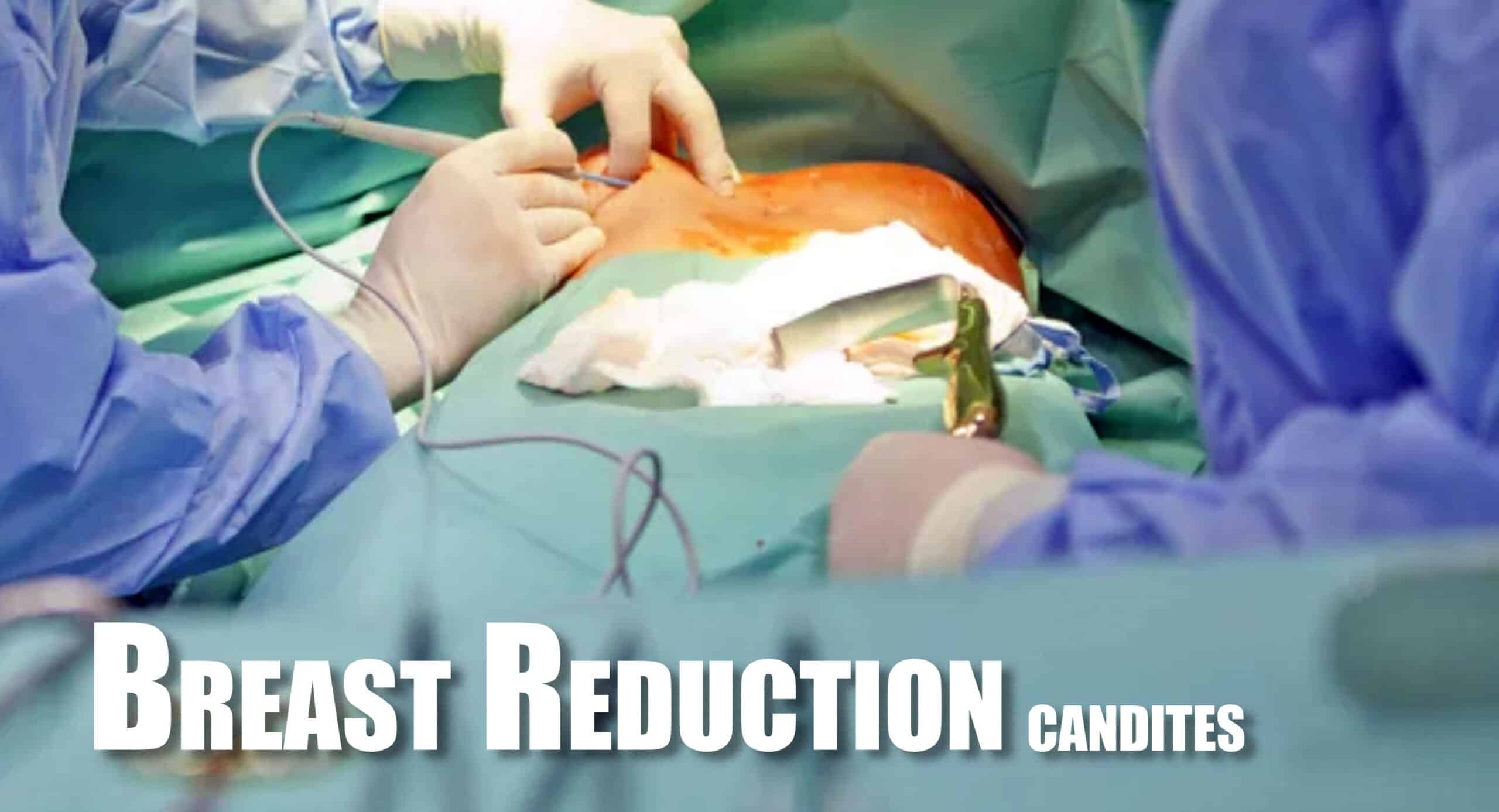
- March 31, 2023
- 3:03 pm
Who is a Good Candidate for Breast Reduction Surgery: Factors to Consider
Table of Contents
Introduction:
Breast reduction surgery is a popular cosmetic procedure that can alleviate the physical and emotional discomfort associated with large breasts. The surgery involves removing excess breast tissue and skin to achieve a more proportionate breast size. However, not everyone is a good candidate for the procedure. In this article, we will explore who is a good candidate for breast reduction surgery and the factors that determine their candidacy. We will also provide information on post-operative care and recovery to help patients make an informed decision about whether this procedure is right for them.

Who is a Good Candidate for Breast Reduction Surgery, and What Factors Determine Their Candidacy?
Factors that determine candidacy for breast reduction surgery include the size and weight of the breasts, overall health, and patient goals. Some factors to consider include:
Breast Size and Weight:
Candidates for breast reduction surgery should have breasts that are disproportionately large for their body size and height. Women with large breasts may experience physical discomfort, including back, neck, and shoulder pain, as well as difficulty with physical activity. Large breasts may also cause skin irritation and posture problems. If non-surgical methods, such as wearing supportive bras, have not alleviated these symptoms, breast reduction surgery may be a good option.
Overall Health:
Candidates for breast reduction surgery should be in good overall health. They should undergo a thorough medical evaluation, including a breast exam and imaging studies, to determine their candidacy. Any underlying health conditions should be managed and controlled before undergoing surgery.
Patient Goals:
Candidates for breast reduction surgery should have realistic expectations for the outcome of the surgery. They should understand that breast reduction surgery will result in smaller breasts, improved breast shape, and decreased physical and emotional discomfort. However, patients should not expect perfection, and scarring is a common side effect of the procedure.

Recovery and Post-Operative Care:
After breast reduction surgery, patients should plan for a recovery time-frame of two to six weeks. During this time, they should:
- For several weeks, avoid strenuous exercise and hefty lifting. Wear a supportive bra or compression garment as directed by their surgeon.
- Take pain medication as prescribed.
- Keep the incision sites clean and dry.
- Attend follow-up appointments with their surgeon to monitor healing and progress.
It is also essential for patients to be prepared for potential complications, such as infection, bleeding, or poor wound healing. Patients should monitor their incisions for signs of infection, such as redness, swelling, or drainage. If any complications arise, they should contact their surgeon immediately.
Conclusion:
Breast reduction surgery can be a life-changing surgery for women who experience physical and emotional discomfort caused by large breasts. Factors that determine candidacy include breast size and weight, overall health, and patient goals. Recovery and post-operative care are crucial to ensure a successful outcome. Patients should be prepared for a recovery period of several weeks and should monitor for potential complications. By understanding the factors that determine candidacy and post-operative care, women can make an informed decision about whether breast reduction surgery is good for them.
FAQ
How long is the recovery period after breast reduction surgery, and what can patients expect during this time?
After breast reduction surgery, patients should expect a recovery time-frame of two to six weeks, depending on the extent of the procedure and their individual healing process. During this time, patients should avoid strenuous activity and heavy lifting, and follow their surgeon’s post-operative care instructions carefully.
In the first few days after surgery, patients may experience swelling, bruising, and discomfort in the breast area. They may also have drains inserted to prevent fluid buildup and should keep the incision sites clean and dry to prevent infection. Pain medication could be prescribed to manage discomfort, and patients should rest as much as possible during this time.
Around one week after surgery, patients may return to light activities, such as walking, but should avoid activities that could strain the chest or upper body. They may also need to wear a supportive bra or compression garment as directed by their surgeon to help with healing.
Around two weeks after surgery, patients may be able to return to work or school, but should continue to avoid strenuous activities or heavy lifting. Swelling and bruising should begin to subside, and the incision sites may start to heal.
By four to six weeks after surgery, most patients should have fully healed and can resume their regular activities. However, it is important to continue to follow post-operative care instructions and attend follow-up appointments with their surgeon to monitor healing and progress.
Patients should also be aware of potential complications, such as infection, bleeding, or poor wound healing, and contact their surgeon immediately if they experience any unusual symptoms or complications.
Overall, while the recovery period after breast reduction surgery can be challenging, with proper care and attention, patients can expect to see significant improvements in physical and emotional discomfort caused by large breasts.










